
How Russian Philanthropists Built Moscow
/ Главная / Russkiy Mir Foundation / Publications / How Russian Philanthropists Built MoscowHow Russian Philanthropists Built Moscow
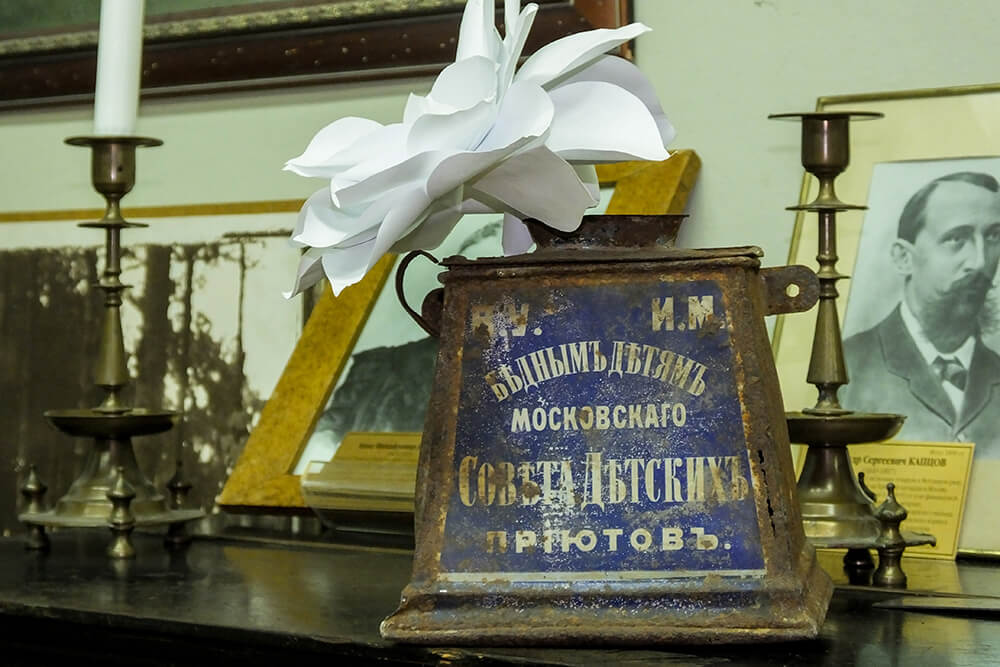
Photo credit: Museum of Entrepreneurs, Patrons, and Philanthropists
Business and philanthropy walked in parallel in pre-revolutionary Russia. Big entrepreneurs were often also big philanthropists. They built hospitals, theaters, orphanages, and almshouses. Today the Museum of Entrepreneurs, Patrons, and Philanthropists in Moscow supports and promotes their legacy. Nadezhda Smirnova, museum director, told the Russkiy Mir about the high standard set by the philanthropists of pre-revolutionary Russia.
The Golden Age of Philanthropy in Russia
– The Museum of Entrepreneurs, Patrons, and Philanthropists was established more than 30 years ago, and the descendants of those very philanthropists attended its opening. Who was behind its establishment? Who is it dedicated to?
– The museum was established by Lev Krasnopevtsev, a historian and a man with a very strong position in life. I regret to say he is no more, he passed away last fall. Until then, Lev Krasnopevtsev was the museum curator. His great achievement was that he managed to bring together descendants of pre-revolutionary entrepreneurs and offered them to take part in the foundation of the museum. Most of the exhibits in our museum were contributed by them. Moreover, the museum keeps in close contact with the descendants of those families. We host events where they can talk to each other, and discuss their projects aimed at promoting the deeds of their ancestors. We also hold social functions devoted to certain families of pre-revolutionary philanthropists and their dynasties. These are such names as the Abrikossovs, the Von Mecks, the Armands…
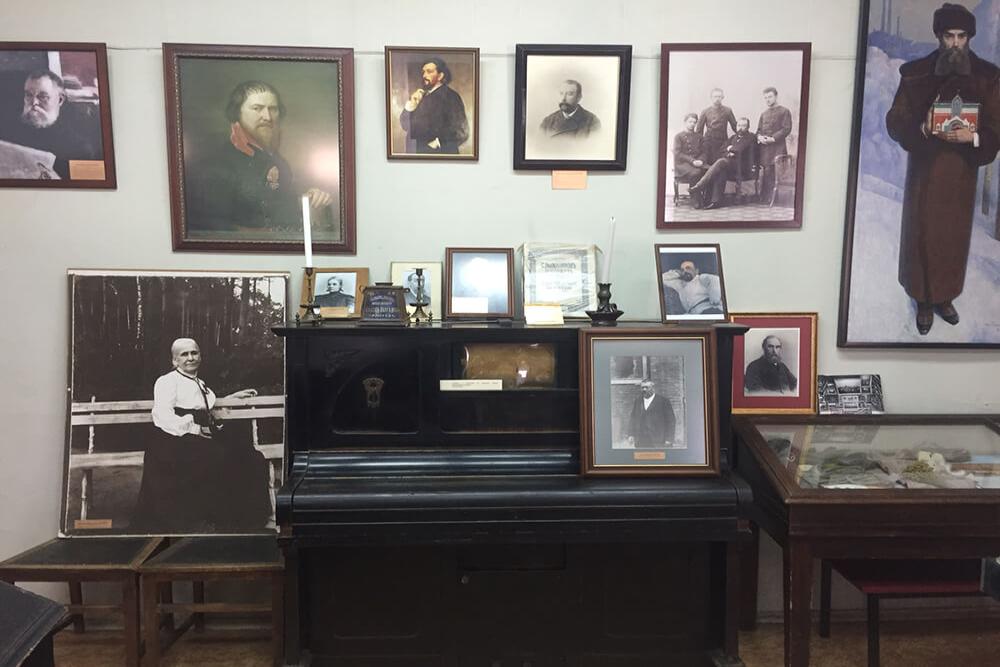
Photo credit: The Museum of Entrepreneurs, Patrons, and Philanthropists
– In pre-revolutionary Russia, philanthropy saw extensive development right when big entrepreneurs and industrialists came into prominence, didn't it?
– Not really. Actually, if we take a closer look at such a phenomenon as a mercy for one's neighbor, then philanthropy is a part of Russian life, which, naturally, has its origins in Orthodoxy. Mercy through helping one's neighbor is set as a worldview foundation and has always been in the Russian tradition. However, philanthropy at the state level, I mean when the state manifests the need to be engaged in philanthropy at the dignitaries' level, appeared later. We know that representatives of the royal family actively participated in Palm Sunday Fairs and other philanthropic events, thereby setting an example for the public.
In the second half of the 19th century and the beginning of the 20th, Russia saw a tremendous upgrowth of entrepreneurship. This was when the golden age of philanthropy in Russia began. It has to be pointed out that all walks of society were involved in this activity. It is clear that people who possessed the financial resources contributed more and to larger projects.
For instance, there was a popular philanthropic campaign known as " White Flower". It was intended to help people suffering from the consumption of tuberculosis. Back then it was a very common disease with a high mortality rate. Furthermore, it was almost untreatable. So, this campaign had everyone involved, from the royal family to ordinary workers who also donated their kopecks.
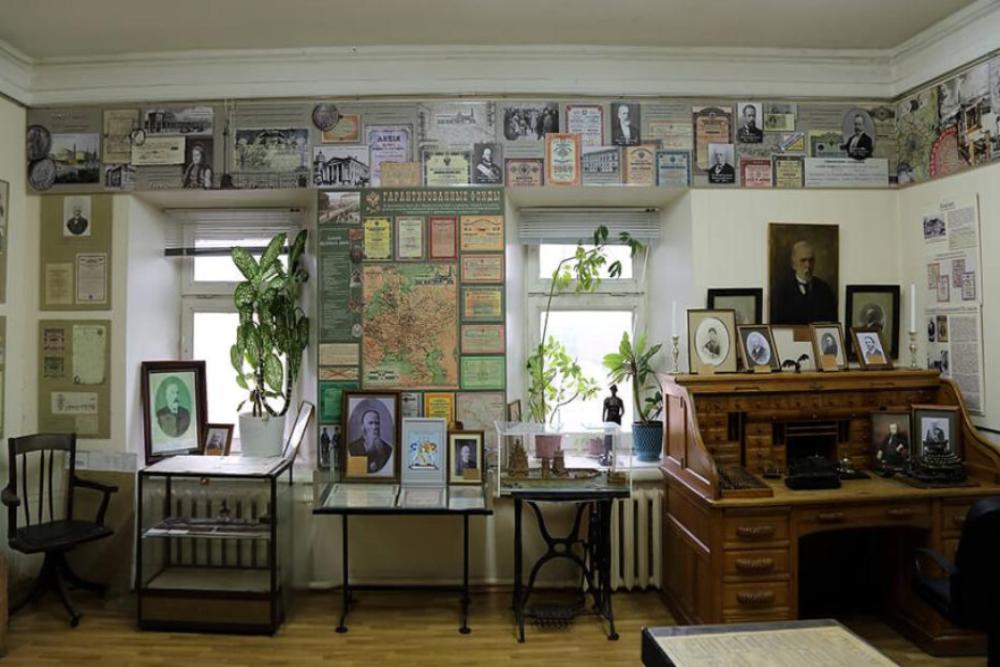
Photo credit: The Museum of Entrepreneurs, Patrons, and Philanthropist
Campaigns aimed at helping the starving were also common. Another example was collecting money to help the front during World War I. Back then there were a lot of charitable societies in Russia. If we were to make a comparison, I would say that we still haven't managed to achieve the level of philanthropy that was witnessed in pre-revolutionary Russia. That is why we must share more about those projects, things that were done back then, and how entrepreneurs built hospitals, museums, theaters, asylums, almshouses, and houses with free apartments for widows and orphans. This tradition needs to be cultivated.
Russian Philanthropists
– Nowadays most people are aware of just a few famous names of big entrepreneurs and philanthropists of that time, such as the Mamontovs, the Tretyakovs, the Morozovs... However, your museum features dozens, if not more, names of well-known philanthropists of that time. Is that so?
– This is true. In fact, there were philanthropists in all Russian cities. It wasn't just about Moscow, St. Petersburg, or Nizhny Novgorod. No, this tradition was practiced everywhere. We have close cooperation with the regions. Wherever we go, we have projects about local philanthropists and pre-revolutionary entrepreneurs. We are able to find them in each and every region. There are also local organizations that popularize them. We have already held a number of regional exhibitions dedicated to the philanthropists who helped their hometowns and their governorates.
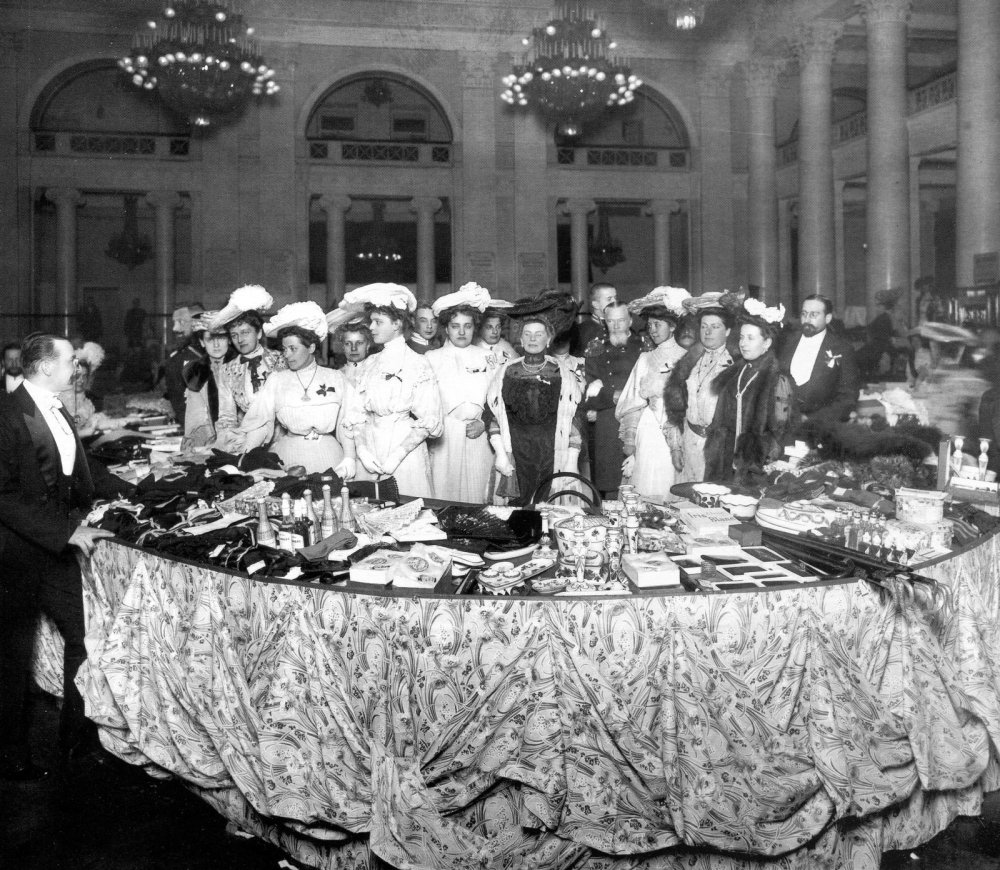
Charity fair. Photo credit: Museum Complex
Speaking of the names featured in the museum, there are, certainly, major philanthropists represented here. Nevertheless, despite the fact that they are major ones, the public at large is unaware of them. When visitors come to our museum, they are able to come up with two names at best. They do not know the others. Let us look at the Rukavishnikov family's charity project. It was an asylum for juvenile delinquents. It became well-known at an international level for being highly efficient. More than 90% of the kids who went through the asylum did not return to the criminal world. Yet, today nobody knows anything about the Rukavishnikovs.
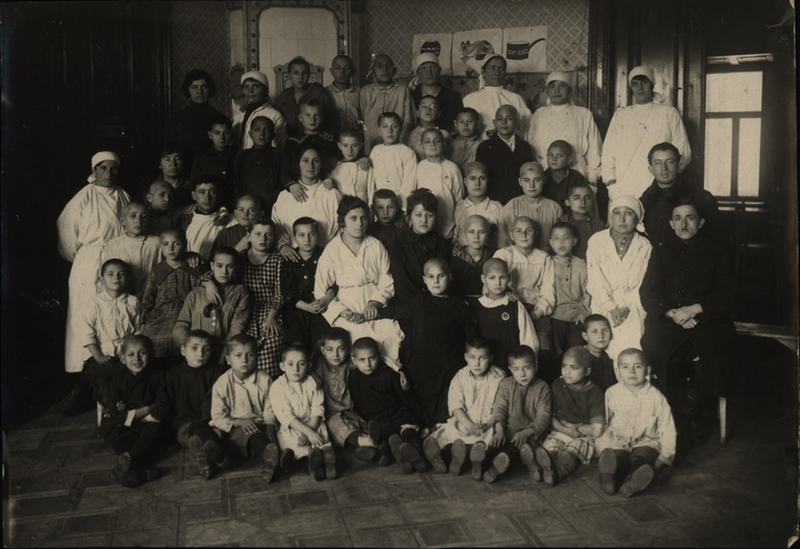
Photo credit: Museum Complex
Or you mentioned Tretyakov. Everyone knows him as the patron of the arts who founded the Tretyakov Gallery. On the other hand, Tretyakov was also a very well-known philanthropist. For instance, there was the Tretyakov School for deaf and dumb children right here, on Donskaya Street where our museum is located. As a matter of fact, he had lots of charitable projects. Yet today he is not remembered as an entrepreneur or philanthropist.
The Bakhrushins were known as professional philanthropists. I mentioned a building with free apartments for widows and orphans as an example of philanthropy. It was built and maintained by the Bakhrushin brothers. This building is located on Sofiyskaya Embankment opposite the Kremlin. Currently, the Rosneft office is based there. It is a huge building where widows and children without parental care lived for free. Philanthropists also used to build houses with inexpensive apartments. They were intended for low-income people who had difficulties finding a decent place to live in Moscow. One of such projects was implemented by Gawrila Solodownikov. Two of his buildings can be still seen on Gilyarovsky Street. Solodownikov also contributed to the development of the Moscow Conservatory.
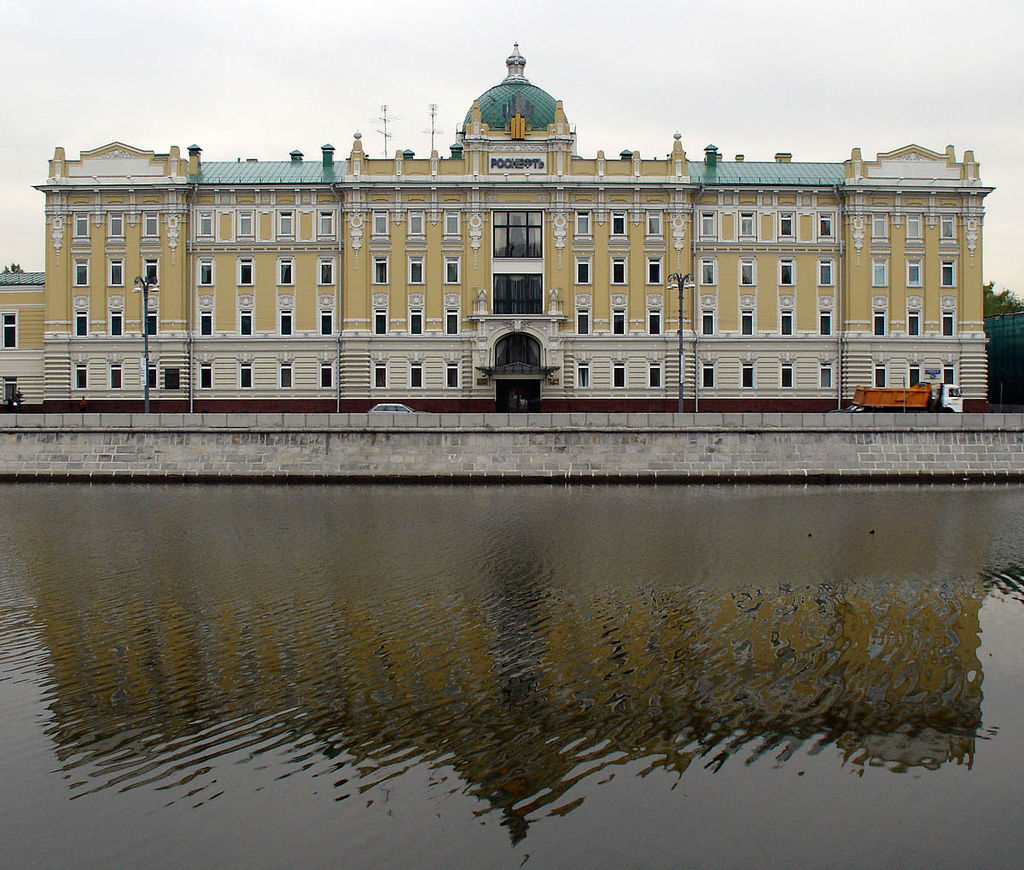
The Bakhrushin Brothers' House of Free Apartments. 26 Sofiyskaya Embankment, Moscow. Photo credit: NVO / wikipedia.org
Or let us look at the Morozovs. Savva Morozov is the most well-known member of the family. He supported the Moscow Art Theater. However, there was also Varvara Morozova. She built the first cancer clinic in Moscow. By the way, the Turgenev Library and Reading Room was her project as well.
There are a lot of such family names. And there is a fascinating life behind each of them as most of those people were complex and talented. For instance, according to his contemporaries, Savva Morozov could read "Eugene Onegin" a time or two and then recite it by heart. That is, by being engaged in philanthropy, those people exercised their talents, their aspirations, and their needs. Look at Konstantin Stanislavski. In fact, he was also an entrepreneur who was passionate about theater, and because of the theater, he became so well-known.
"Half of the beautiful pre-revolutionary buildings in Moscow are associated with the names of entrepreneurs, patrons, and philanthropists."
In most cases, their charitable projects were of a rather personal nature. There wasn't anything performative. They invested their hearts, participated personally, and arranged the whole process, rather than just giving money. They lived and breathed these projects. Maybe that is why the outcomes were so great and beautiful that the city is still proud of them today. Whatever project you look at, it is always a very beautiful building. For example, an estate was bought for a project intended for juvenile delinquents. It can now be seen on the Garden Ring next to the Ministry of Foreign Affairs. The same can be said about hospitals, theaters, and museums. Whatever they built was always very beautiful. I would say that half of the beautiful pre-revolutionary buildings in Moscow are associated with the names of entrepreneurs, patrons, and philanthropists.
– The Sklifosovsky Hospital used to be the Sheremetev Hospital that provided free care for the poor…
– True, there are such publicly known places as the Morozov Hospital, the Bakhrushin Theater Museum... Or look, for instance, at Bolshaya Pirogovka. There is a whole range of clinics, and half of them were established as charitable projects. For instance, the infectious diseases clinic was built by Solodovnikov, while the Botkin Hospital was built by Soldatyonkov. The building that now houses the Operetta Theater and the building of the Theater of the Nations were also philanthropist projects.
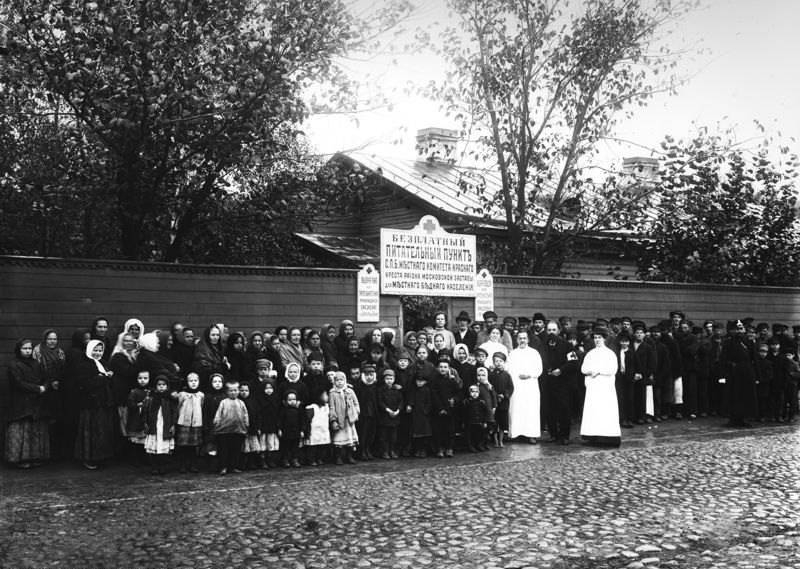
Free meal station. Photo credit: Museum Complex
In addition, there is also such a heritage as collections of paintings in the major museums of the country. There are also sculptures and collections of rare books. There are enormous collections of cultural treasures left by patrons and philanthropists of that time. It was also valuable because of the cases, such as with Pavel Tretyakov who collected paintings by Russian artists, thus supporting and promoting Russian art. Savva Mamontov included Russian art in his business projects. The train stations were decorated with paintings of Russian artists. And the Metropol Hotel that he had built was decorated with stained-glass artworks by Russian artists...
«It was really impossible to refrain from doing anything - not to donate, not to help the poor.»
– It appears that many major industrialists of that time were engaged in philanthropy. Does it mean it was a matter of shame not to do it?
– For one thing, it was a certain tradition - everyone used to do it. Yet, it was impossible to refrain from doing anything - not to donate, not to help the poor. Furthermore, the charitable project was also named after the philanthropist, and it was a chance to immortalize one's name in that context. Still, it was a great responsibility. There would be a sign on that building that you did it, and you shouldn't be ashamed of it. It was the responsibility for the level of the project and its quality.
Investing in the Future
You have already mentioned that museums of this kind can be found in other Russian cities. Recently you had a presentation of the Virtual Museum of M.K. Tenisheva. Maria Tenisheva was a well-known philanthropist. Her memory and her legacy have been preserved in the Bryansk region. Are there any such examples already?
– Yes. there are such examples. We actively cooperate with Tula, Voronezh, and other regions. There are local entrepreneurs who are eager to promote the entrepreneurial history of their region. For instance, the Tula Museum is located in a business incubator for entrepreneurs. Sometimes, a dedicated exhibition is hosted at the Museum of Local Lore. If there is no museum, a permanent exhibition can be arranged at the regional entrepreneurship support centers.
“Today nearly every business runs some kind of philanthropic project.”
– Do you think today's entrepreneurs become more involved in philanthropy?
– We monitor the situation regarding philanthropy, so I can confirm that today nearly every business runs some kind of philanthropic project. Sometimes we hear that a business doesn't make enough money to do something charitable yet. We respond with examples of projects that did not require much money at all. For instance, one of the Rukavishnikovs invited the best professors to teach his son. At the same time, he invited about a dozen other boys from poor families to study with his son. Did this require a lot of money? As a result, Rukavishnikov educated children from poor families who would never have received such an education. It could be described as an investment in the future. And philanthropy can have this level as well.
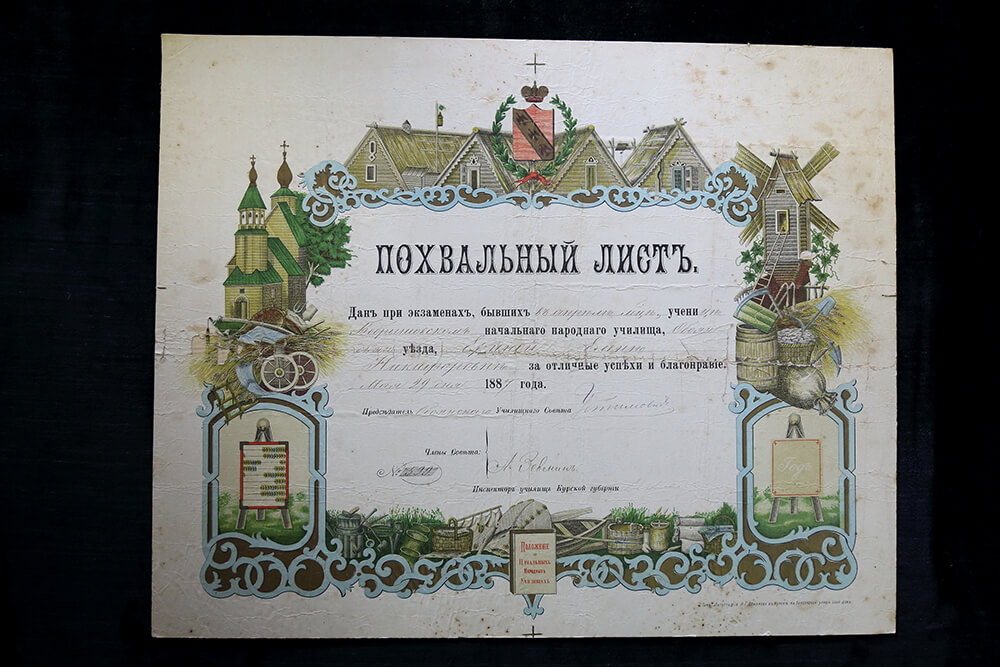
Photo credit: Museum of Entrepreneurs, Patrons, and Philanthropists
“If you look at what the pre-revolutionary business did, you really want to do it again. It's really inspiring.”
These days we have companies that award scholarships to our talented young musicians. Our business owners are involved in philanthropy. However, most of them are not aware of the standard set for us by our pre-revolutionary philanthropists. Until we have that example, it might seem as if you can do a little something, and that's good for you. Actually, if you look at what the pre-revolutionary business did, you really want to do it again. It's really inspiring. And I invite all businessmen to our museum for inspiration.
As a matter of fact, we arrange strategic sessions for schoolchildren and students. The subject is, "When I become a philanthropist". First, we describe pre-revolutionary projects, and then we invite them to brainstorm and come up with their own based on their current perception of the situation. And they come up with such projects and present them trying on the role of philanthropists. And we hope that they will become such philanthropists in the future.
New publications

 Mikhail Kalatozov, a director who transformed the world of cinematography in many ways, was born 120 years ago. He was a Soviet film official and a propagandist. Above all, he was capable of producing movies that struck viewers with their power and poetic language.
Mikhail Kalatozov, a director who transformed the world of cinematography in many ways, was born 120 years ago. He was a Soviet film official and a propagandist. Above all, he was capable of producing movies that struck viewers with their power and poetic language.  Ukrainian authorities have launched a persecution campaign against the canonical Ukrainian Orthodox Church (UOC), the biggest one in the country's modern history. Over the past year, state sanctions were imposed on clergy representatives, searches were conducted in churches, clergymen were arrested, criminal cases were initiated, the activity of the UOC was banned in various regions of the country, and monasteries and churches were seized.
Ukrainian authorities have launched a persecution campaign against the canonical Ukrainian Orthodox Church (UOC), the biggest one in the country's modern history. Over the past year, state sanctions were imposed on clergy representatives, searches were conducted in churches, clergymen were arrested, criminal cases were initiated, the activity of the UOC was banned in various regions of the country, and monasteries and churches were seized.  When Nektary Kotlyaroff, a fourth-generation Russian Australian and founder of the Russian Orthodox Choir in Sydney, first visited Russia, the first person he spoke to was a cab driver at the airport. Having heard that Nektariy's ancestors left Russia more than 100 years ago, the driver was astonished, "How come you haven't forgotten the Russian language?" Nektary Kotlyaroff repeated his answer in an interview with the Russkiy Mir. His affinity to the Orthodox Church (many of his ancestors and relatives were priests) and the traditions of a large Russian family brought from Russia helped him to preserve the Russian language.
When Nektary Kotlyaroff, a fourth-generation Russian Australian and founder of the Russian Orthodox Choir in Sydney, first visited Russia, the first person he spoke to was a cab driver at the airport. Having heard that Nektariy's ancestors left Russia more than 100 years ago, the driver was astonished, "How come you haven't forgotten the Russian language?" Nektary Kotlyaroff repeated his answer in an interview with the Russkiy Mir. His affinity to the Orthodox Church (many of his ancestors and relatives were priests) and the traditions of a large Russian family brought from Russia helped him to preserve the Russian language.

 The leaders of the Friends of the Great Russia cultural association (Amici Della Grande Russia) in Italy believe that the Western policy of abolishing Russian culture in Europe has finally failed. Furthermore, it was doomed to failure from the beginning.
The leaders of the Friends of the Great Russia cultural association (Amici Della Grande Russia) in Italy believe that the Western policy of abolishing Russian culture in Europe has finally failed. Furthermore, it was doomed to failure from the beginning.  Name of Vladimir Nemirovich-Danchenko is inscribed in the history of Russian theater along with Konstantin Stanislavski, the other founding father of the Moscow Art Theater. Nevertheless, Mr. Nemirovich-Danchenko was a renowned writer, playwright, and theater teacher even before their famous meeting in the Slavic Bazaar restaurant. Furthermore, it was Mr. Nemirovich-Danchenko who came up with the idea of establishing a new "people's" theater believing that the theater could become a "department of public education."
Name of Vladimir Nemirovich-Danchenko is inscribed in the history of Russian theater along with Konstantin Stanislavski, the other founding father of the Moscow Art Theater. Nevertheless, Mr. Nemirovich-Danchenko was a renowned writer, playwright, and theater teacher even before their famous meeting in the Slavic Bazaar restaurant. Furthermore, it was Mr. Nemirovich-Danchenko who came up with the idea of establishing a new "people's" theater believing that the theater could become a "department of public education."  "Russia is a thing of which the intellect cannot conceive..." by Fyodor Tyutchev are famous among Russians at least. December marks the 220th anniversary of the poet's birth. Yet, he never considered poetry to be his life's mission and was preoccupied with matters of a global scale. Mr.Tyutchev fought his war focusing on relations between Russia and the West, the origins of mutual misunderstanding, and the origins of Russophobia. When you read his works today, it feels as though he saw things coming in a crystal ball...
"Russia is a thing of which the intellect cannot conceive..." by Fyodor Tyutchev are famous among Russians at least. December marks the 220th anniversary of the poet's birth. Yet, he never considered poetry to be his life's mission and was preoccupied with matters of a global scale. Mr.Tyutchev fought his war focusing on relations between Russia and the West, the origins of mutual misunderstanding, and the origins of Russophobia. When you read his works today, it feels as though he saw things coming in a crystal ball...